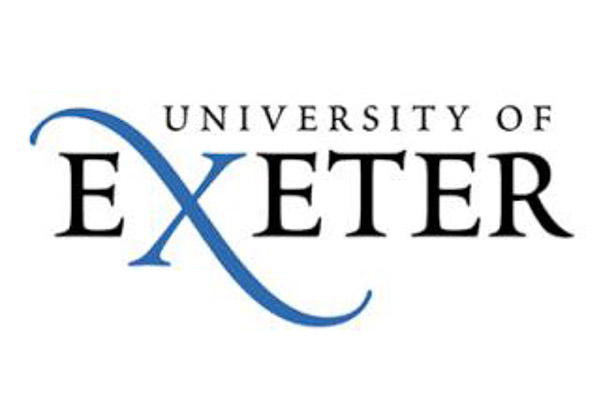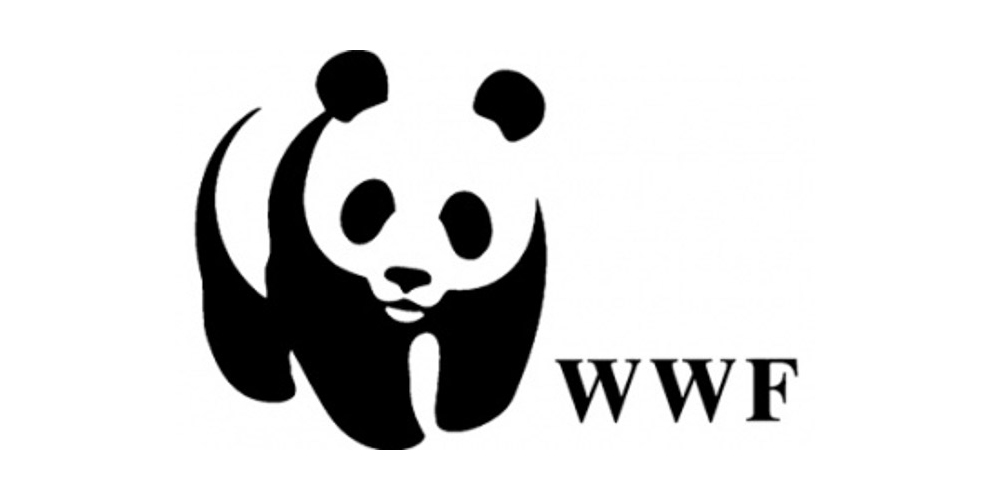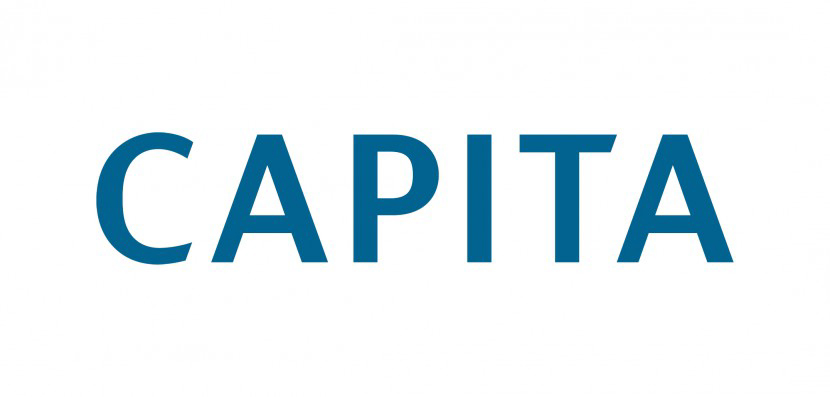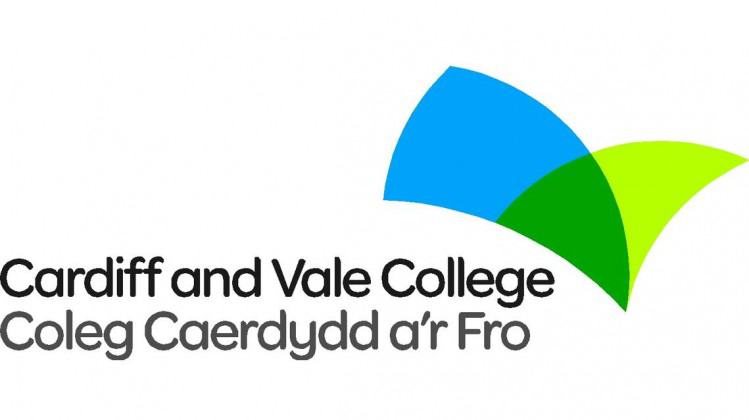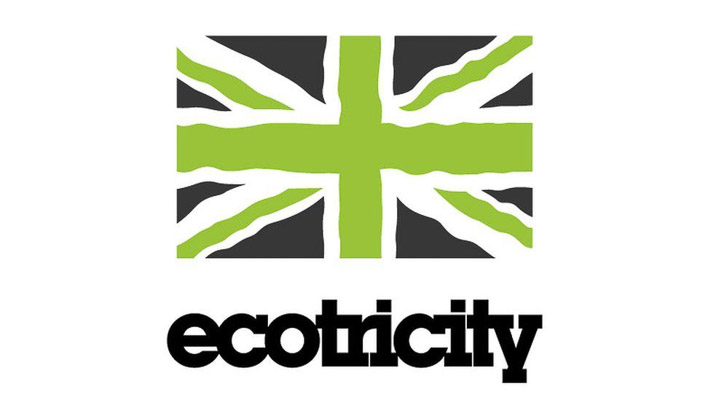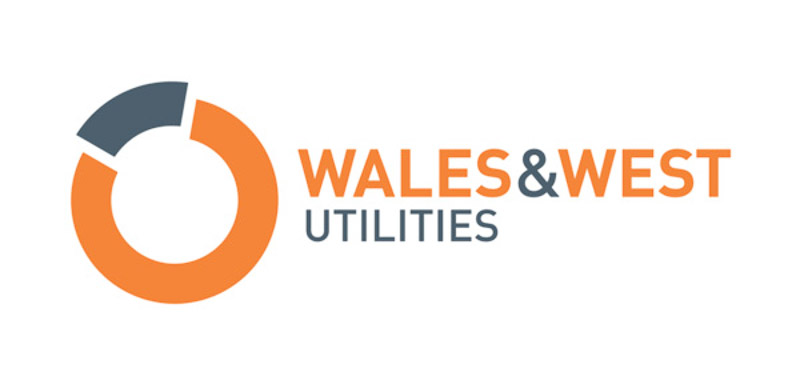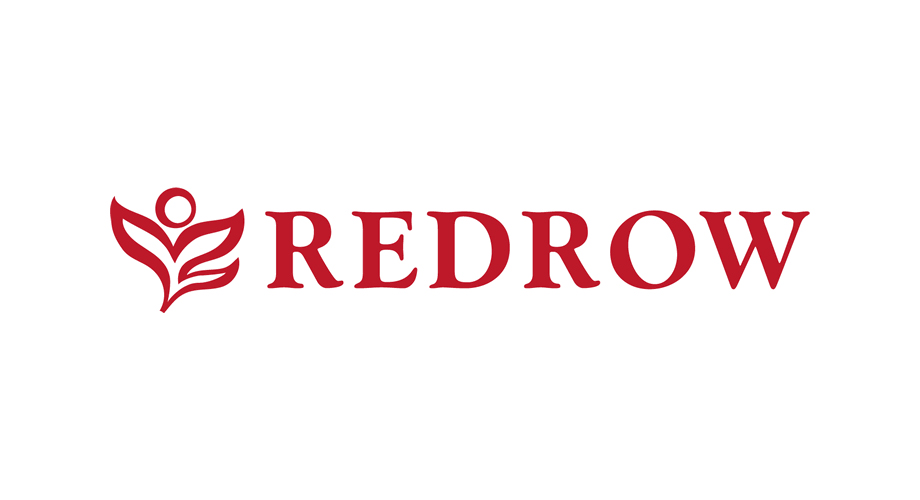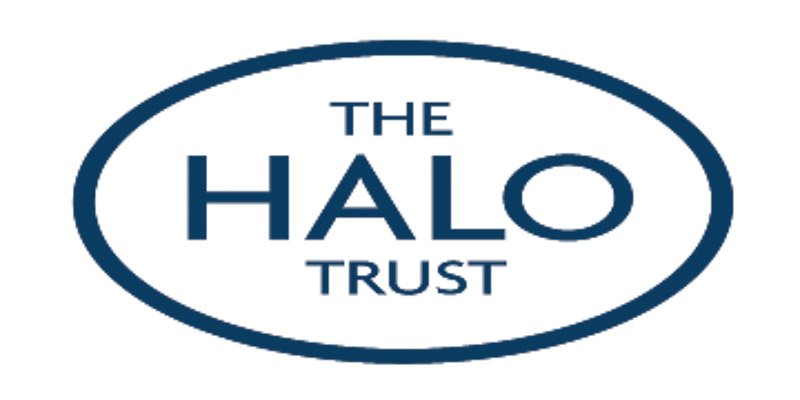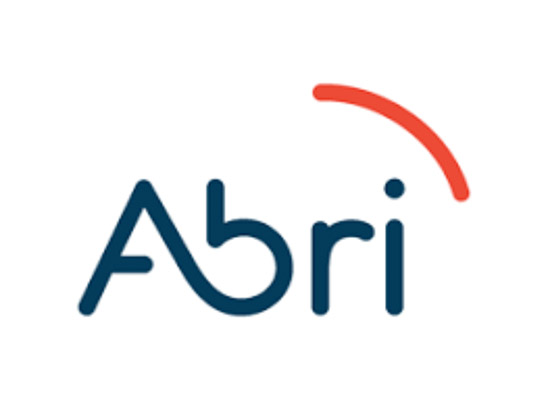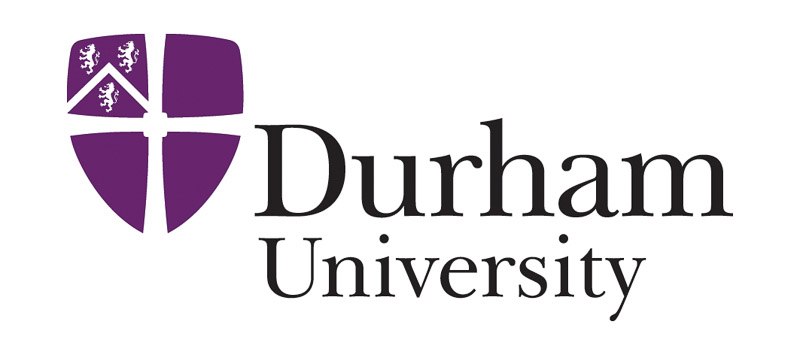Reforesting the Warm Heart of Africa
Shaped by the Great Rift Valley, one of the great geological wonders of the world and landlocked by its larger neighbours Zambia, Tanzania and Mozambique. Malawi harbours, within it’s Western Rift Valley, the most biodiverse lake in the World.
Lake Malawi teems with seven hundred species of cichlid, some of which are so highly evolved, they are found only in minute ecological niches – a few hundred metres of foreshore, a rocky islet or a single bay. They are considered to be an example of adaptive radiation, akin to the finches described by Charles Darwin in his most famous book, On the Origin of Species.

At the southern end of this great lake lies the National Park, home to hippopotamuses, leopards, common duikers, bushbuck, and with vervet monkeys and troops of baboons sheltering in the surrounding forests. Inscribed by UNESCO as a World Heritage Site in 1984, the Lake Malawi National Park is renowned for being of “global importance for biodiversity conservation due particularly to its fish diversity.”
But it’s not just the wildlife that rely on this diverse ecosystem.
Nearly 96% of Malawi’s human population depends on the forests for their livelihoods, gleaning wood for basic fuel and heating. Indigenous agriculture sustains over 80% of the population. As a result forested land is often cleared for crops and fuel.
As in much of Africa, these forces together with a growing population, challenge Malawi in transitioning to a progressive, future-focussed, forest-forward economy that balances the needs of people and nature.

Right now, we could claim that the future of the natural Malawi ecosystem is in the balance, as between 2001 to 2020, 193kha of tree cover was lost. A 13% decrease, which equates to an increase in CO₂e emissions of 76.7Mega tonnes. That is equivalent to powering 9.2 million homes with fossil fuels for one year.
In response, Malawi’s government is taking action to combat deforestation by investing in long term natural resource management solutions which combat climate change, improve watersheds and develop sustainable livelihoods for the future.
At Act Sustainably we are supporting this initiative by providing funding to the One Tree Planted Malawi reforestation initiative, which works with local communities to restore native forests across the country.

One of our key beliefs is that loss of biodiversity and habitat destruction are inextricably linked to the problems and survival challenges faced by local people. Put simply, people are unlikely to commit to nature conservation if they are struggling to keep their children alive and provide for them a better future.
As iconic and ground-breaking conservationist Jane Goodall, explains beautifully in her latest work, The Book of Hope1, (co-authored with Douglas Abrams).
“And so, in 1994, JGI2 began Tacare. At the time it was a very new approach to conservation. George Strunden, who was the mastermind behind the program, selected a little team of seven local Tanzanians who went into twelve villages and asked them what JGI could do to help. They wanted to grow more food and have better clinics and schools – so that’s where we started, working closely with Tanzanian government officials. We did not even talk about saving chimpanzees for the first few years”. 2
This approach is mirrored by some of the key topics we explore in our IEMA Foundation Certificate in Environmental Management Course3. Especially Part One – “Why we need to be sustainable”, where we discuss the concept of Doughnut Economics4 as developed by Kate Raworth5. The body of Kate’s Doughnut represents the sweet-spot for humanity where we provide an adequate Social Foundation that meets basic human needs whilst not breaching the Ecological Ceiling that could lead to catastrophic environmental deterioration.

Planting trees, with sustainable development goals in mind, steers us towards this sweet-spot. As Malawi’s forests are so diverse a wide variety of tree species native to the region will be planted.
These will include indigenous hardwoods such as East African mahogany, African teak and several native acacia species. Useful non-indigenous trees used for medicine, and fruit trees like mango, citrus and pawpaw will also be planted.
This project will focus on maximizing tree species diversity.

Through the parallel installation of community wells and other low-tech developments, social needs can be also met, forests can be restored, habitat for wildlife enhanced and people’s lives improved.
On top of all those benefits, newly planted trees will begin the process of sequestering carbon and improving hydrological benefits to surrounding areas. Over time these new forests will also provide many other benefits by preventing erosion, improving soil health, lowering temperatures and providing yet more regenerative resources for people. These newly planted areas will eventually become complex ecosystems capable of supporting a broad range of wildlife and other species while allowing sustainable livelihoods to develop.
We chose to support this project as it seemed to fit perfectly with the United Nations Sustainable Development Goals6 we support and the nature of the Malawi people, renowned for their spirit of community and cooperation, in the “Warm Heart of Africa”.
References
1 page 98, The Book of Hope – A Survival Guide for an Endangered Planet by Jane Goodall and Douglass Abrams. Published in the UK by Penguin Random House UK. ISBN 978-0-241-47857-8.
2JGI is the Jane Goodall Institute. A global community conservation organization that advances the vision and work of Dr. Jane Goodall. By protecting chimpanzees and inspiring people to conserve the natural world we all share, JGI seeks to improve the lives of people, animals and the environment. They live the ethos. “Everything is connected—everyone can make a difference.”
3 If you are interested in exploring the key issues surrounding United Nations Development Goals in more depth, you could jump onto our IEMA Foundation Certificate in Environmental Management Course. This is a 40-hour programme of learning spread over 5 weeks, blends ten, live webinars with online learning. Successful completion of this course leads to Associate IEMA Membership, which is free for the first year. The next course starts on 3rd May 2022.
Alternatively, you might consider our IEMA Certificate in Environmental Management Course. This is a 120-hour programme of learning spread over 5 weeks, blends ten, live webinars with online learning. Successful completion of this course leads to Practitioner IEMA Membership, which is free for the first year. The next course starts on 22nd April 2022.
If you would like to discuss either of these courses please Contact Us Here
4 Doughnut Economics – Seven ways to Think Like a 21st-Century Economist by Kate Raworth. Published in the UK by Penguin Random House UK. ISBN 9781847941398.
5 Kate Raworth (sounds like ‘Ray-worth’) is a renegade economist focused on making economics fit for 21st century realities. She is the creator of the Doughnut of social and planetary boundaries, and co-founder of Doughnut Economics Action Lab.
6 The Sustainable Development Goals (SDGs), also known as the Global Goals, were adopted by the United Nations in 2015 as a universal call to action to end poverty, protect the planet, and ensure that by 2030 all people enjoy peace and prosperity.
https://www.undp.org/sustainable-development-goals
AUTHOR BRIEF BIO
Dave Evans is the Founder and CEO of Act Sustainably, dedicated to “Creating Positive Environmental and Social Outcomes by helping clients to ACT Sustainably”.
Want to find out more?
If we sound like the sort of business you would like to work for, or with, please get in touch.
